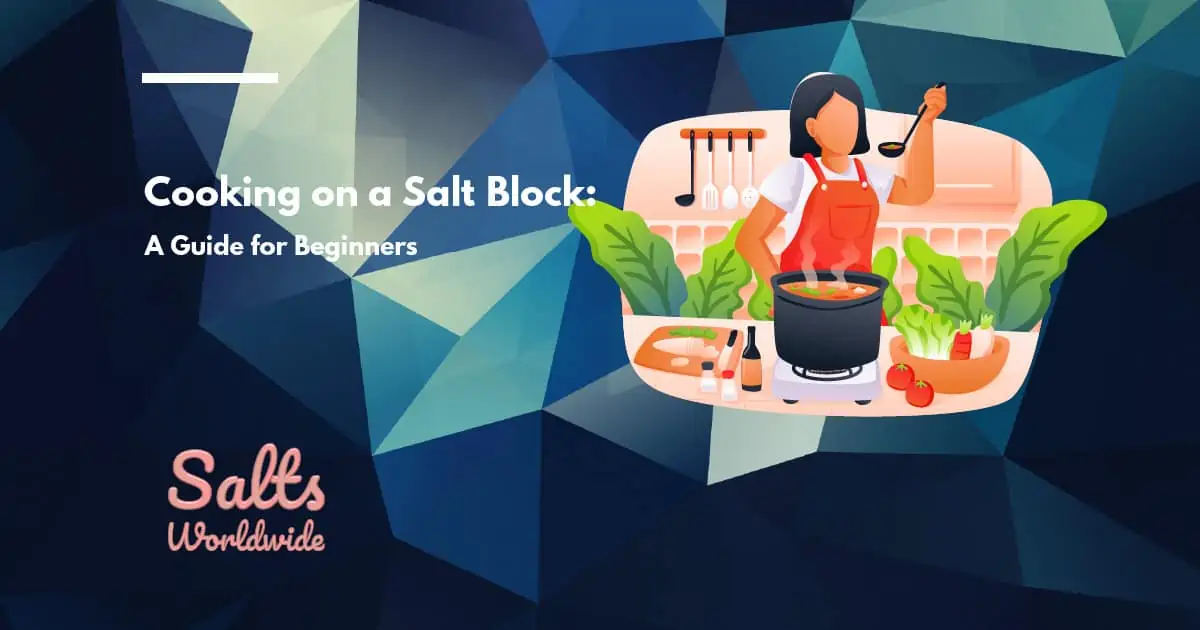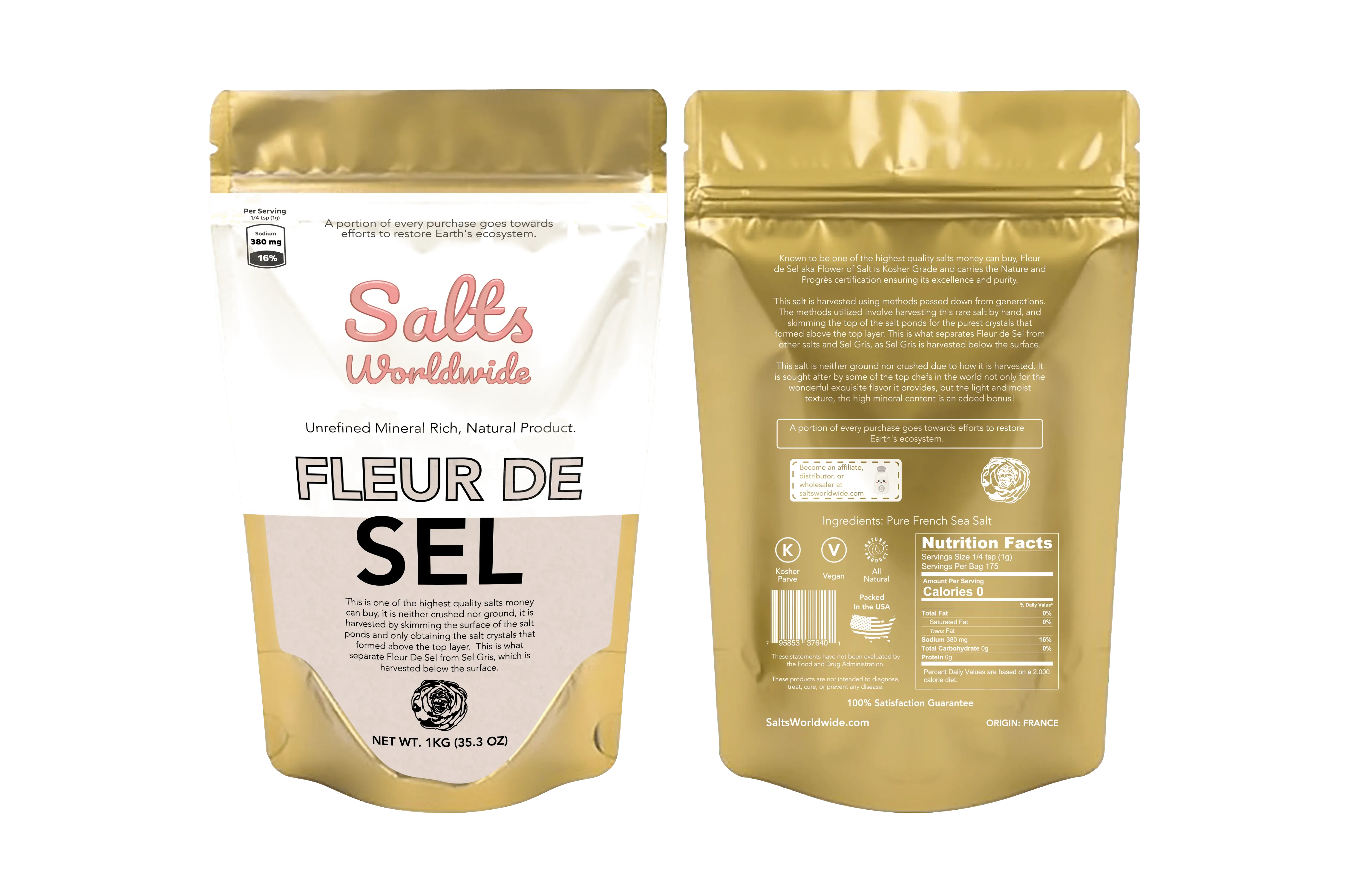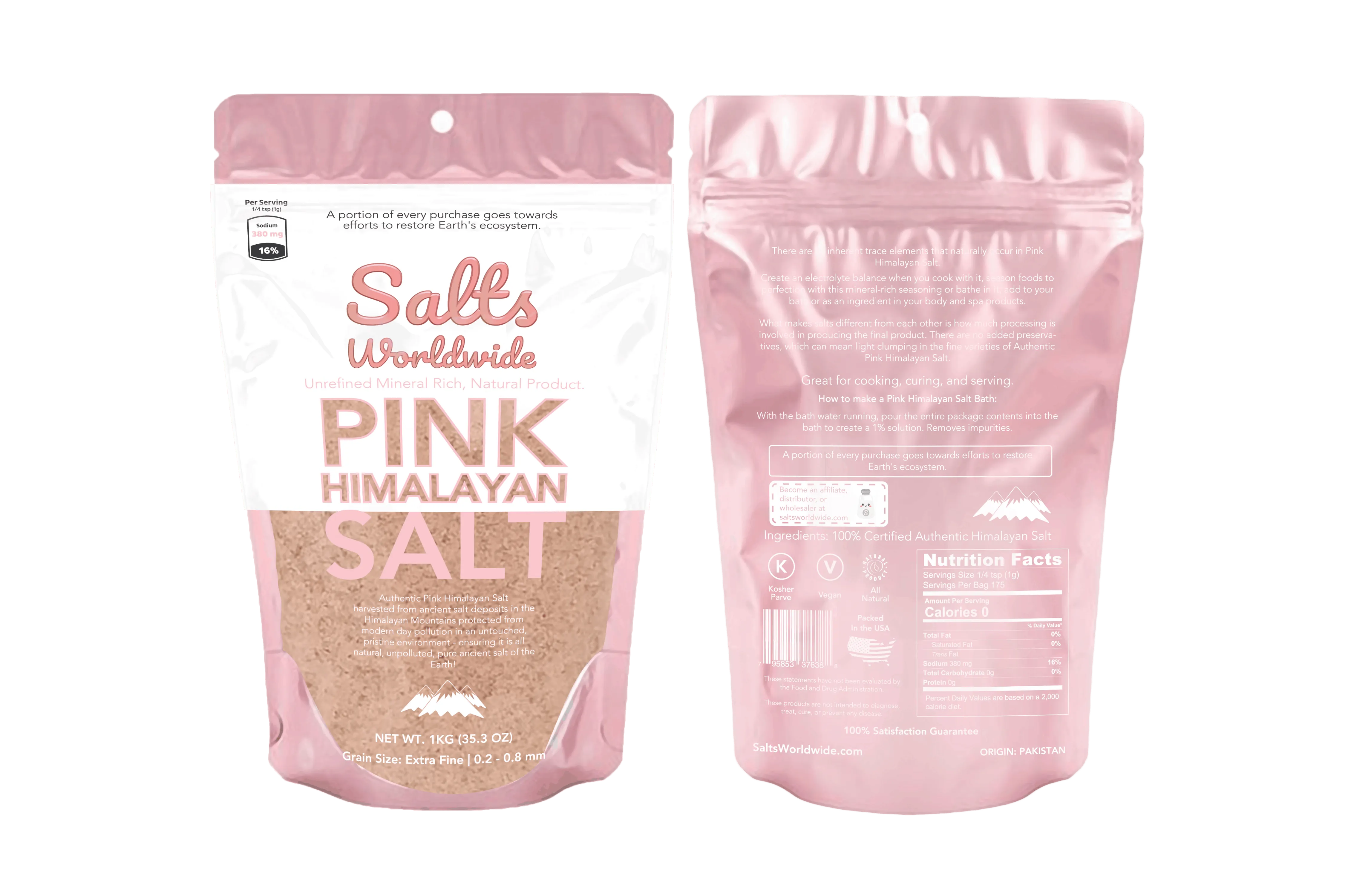Salt blocks are a great way to cook your food. They’re safe, easy to use and they allow you to create some really impressive dishes. In this article, we will cover everything you need to know about cooking with salt blocks: why they work so well, how best to use them, and even what foods go best on their surface! If you’ve been thinking of giving it a try, now is a perfect time!
Table of Contents
What is a Himalayan salt block?
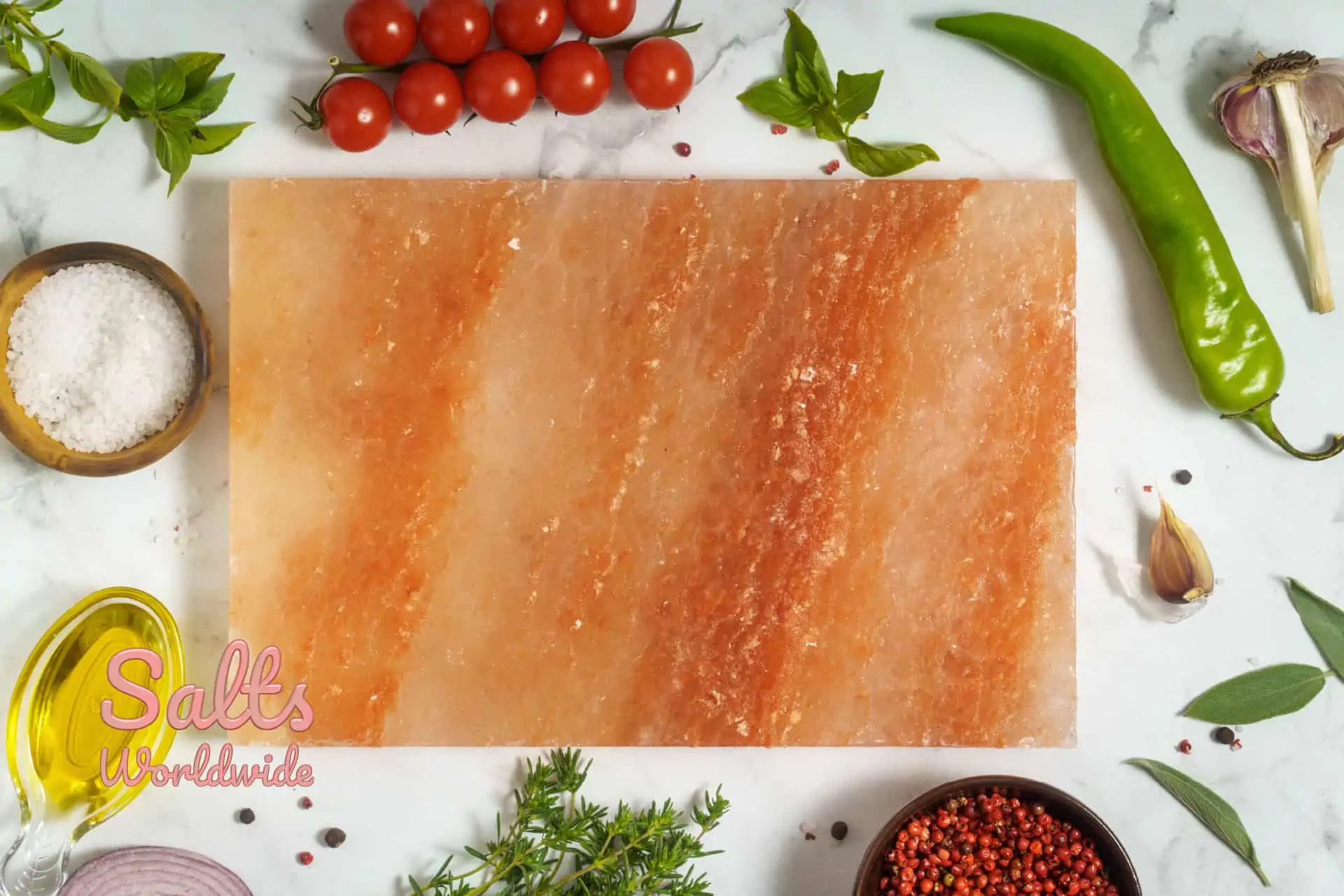
A Himalayan salt block is a large chunk of pure salt from the Himalayas. It is mined from an ancient underground lake, and it has been used for cooking throughout history.
Today, you can get them in modern kitchens to add flavor to meats and vegetables before grilling or broiling them on top of the block itself. There are even places that will let you buy them to use as a serving dish.
The blocks come in different sizes, but the most popular is around 12 inches square and an inch thick. They can be quite heavy, so make sure you have a sturdy surface to place them on before using them.
What Size and Shape of Himalayan Salt Block is Best?
A Himalayan salt block comes in different shapes and sizes. The most popular size is an eight by eight-inch square. This is a good size for beginners because it’s not too big or small. You can also find large blocks that are twenty-four inches by twelve inches or smaller blocks that are four inches by four inches.
When choosing a salt block, keep in mind the food you plan on cooking. The larger the food, the bigger your block should be. For example, if you want to cook steak on a salt block, buy one that’s at least eight inches by eight inches so there is enough room for both sides of each piece of meat plus some space around it so it doesn’t sit directly on top of the surface and create a mess.
If you’re cooking something small, like shrimp or chicken breasts, a smaller block will work just fine.
Are Salt Blocks Hygienic?
Salt blocks are made by first pouring salt into a mold, then super-heating the salt to about 900 degrees Fahrenheit. This high heat allows for all of the contaminants in the salt crystals to be burned away or melted out, leaving behind pure sodium chloride – that is, cooking on a clean surface free from harmful impurities.
Hygiene is a major concern when cooking on salt blocks. A few quick tips for ensuring the safety of your food:
– Salt blocks should never be used as counters or otherwise touched with bare hands, even if they have been sanitized. Food must always be transferred to serving plates before being served and eaten.
– Be sure to use unglazed, pure white Himalayan or sea salt blocks that won’t be contaminated by food particles.
– Do not use salt blocks for storing food, especially any type of meat. They should only be used to prepare and serve dishes that will then be eaten immediately or refrigerated until consumption.
Salt blocks are a great way to add some flavor and fun to your cooking routine! Salt blocks can’t replace all of your kitchen tools, but they’re a great way to add an extra layer of flavor and complexity to your food. With a little practice, you’ll be cooking up some amazing dishes on your salt block in no time!
How Long Do Salt Blocks Last?
Cooking on a salt block is becoming increasingly popular and for good reason. Salt blocks are beautiful serving dishes that can be used to present anything from steak or fish to cooked vegetables and chocolate desserts with style. But beyond their aesthetic appeal, they also have functional benefits: because of the way they’re made, heating them will cause the salt to diffuse heat evenly, which means your food will cook more evenly too.
But there are a few things you should know before you start cooking on a salt block: first of all, they’re not very durable and won’t last forever – usually, you can get around six months of use out of them before they start to crack. And second, you should only use them for serving cold foods or heating food – never put a hot salt block in the freezer (the temperature change will cause it to crack).
is cooking on a salt block healthy
Cooking on a salt block is a healthy way to cook food. The salt block will add flavor to the food and also help to retain the nutrients in the food. Cooking on a salt block is also a great way to reduce the amount of oil that is used in cooking.
It can be a great alternative to the regular table salt that is used to season food, but it should be considered that there are two different kinds of salt blocks. One kind of salt block has been further processed and contains additives that will prevent the food from sticking. The other type of salt block does not have any additives added so it can break down over time if too much moisture gets onto the surface.
Benefits of cooking on a Himalayan salt block
Cooking on a Himalayan salt block is a great way to streamline cooking and make food taste better. There are several benefits of using salt blocks as opposed to pans, such as:
-One block can last for hundreds of uses (and doesn’t need oil)
-It adds trace minerals that may not be in your diet otherwise
-Creates delicious, perfectly cooked food
-All types of food can be cooked on a salt block (not just savory items)
Salt blocks have been used for centuries in Asia for cooking and medicinal purposes. The blocks are made of pure, unrefined Himalayan salt, which is known for its high mineral content. When heated, the salt block releases negative ions, which help to neutralize positive ions in the air. This can improve your mood and energy levels, and purify the air in your home or workspace.
Salt blocks can be heated to temperatures of up to 700 degrees Fahrenheit, which makes it a versatile cooking tool that you can use for just about anything. It’s also a healthier option than many traditional cookware materials because there’s no need for added oils or fats. The blocks are porous, so they absorb the flavors of the food you cook on them. This gives your dishes a unique flavor that can’t be replicated with any other cooking method.
How to use a Himalayan salt block
A Himalayan salt block can be used to cook a wide variety of different foods
They are great for searing, grilling, and roasting. You will get better caramelization on your protein than you would if cooking it in an oven or grill
A Himalayan salt block is heated to such a high temperature, that it can cause your food to stick. This is why you should always use a non-stick cooking spray on your salt block
Here are ways to use a Himalayan salt block:
Serving cold foods
Cold food such as cheese, chocolate, and fruit can be served on top of a Himalayan salt block. The coldness will give the food a refreshing quality and bring out the flavors in your meal
Cold food such as cheese, chocolate, and fruit can be served on top of a Himalayan salt block. The coldness will give the food a refreshing quality and bring out the flavors in your meal
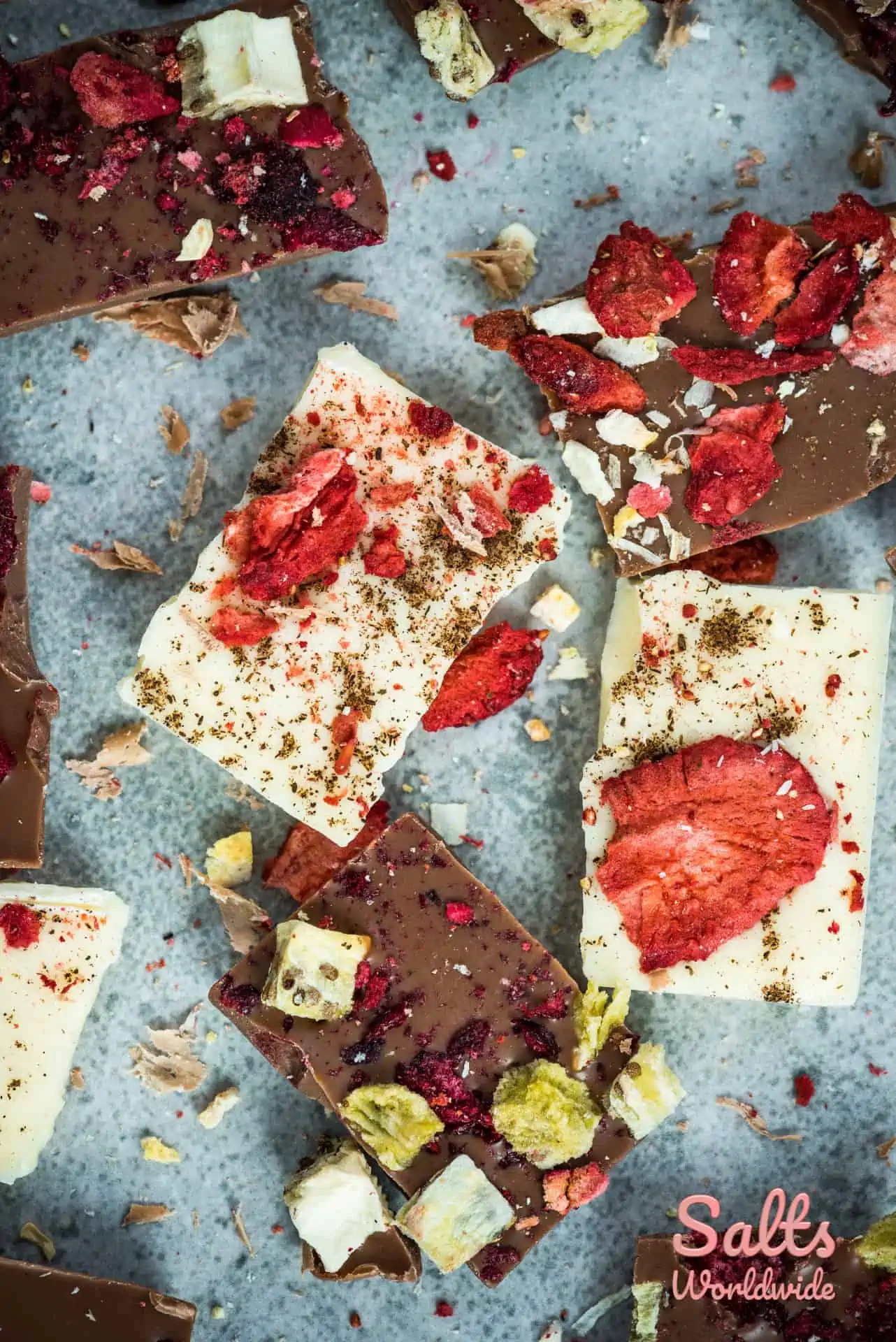
Cleaning and storing
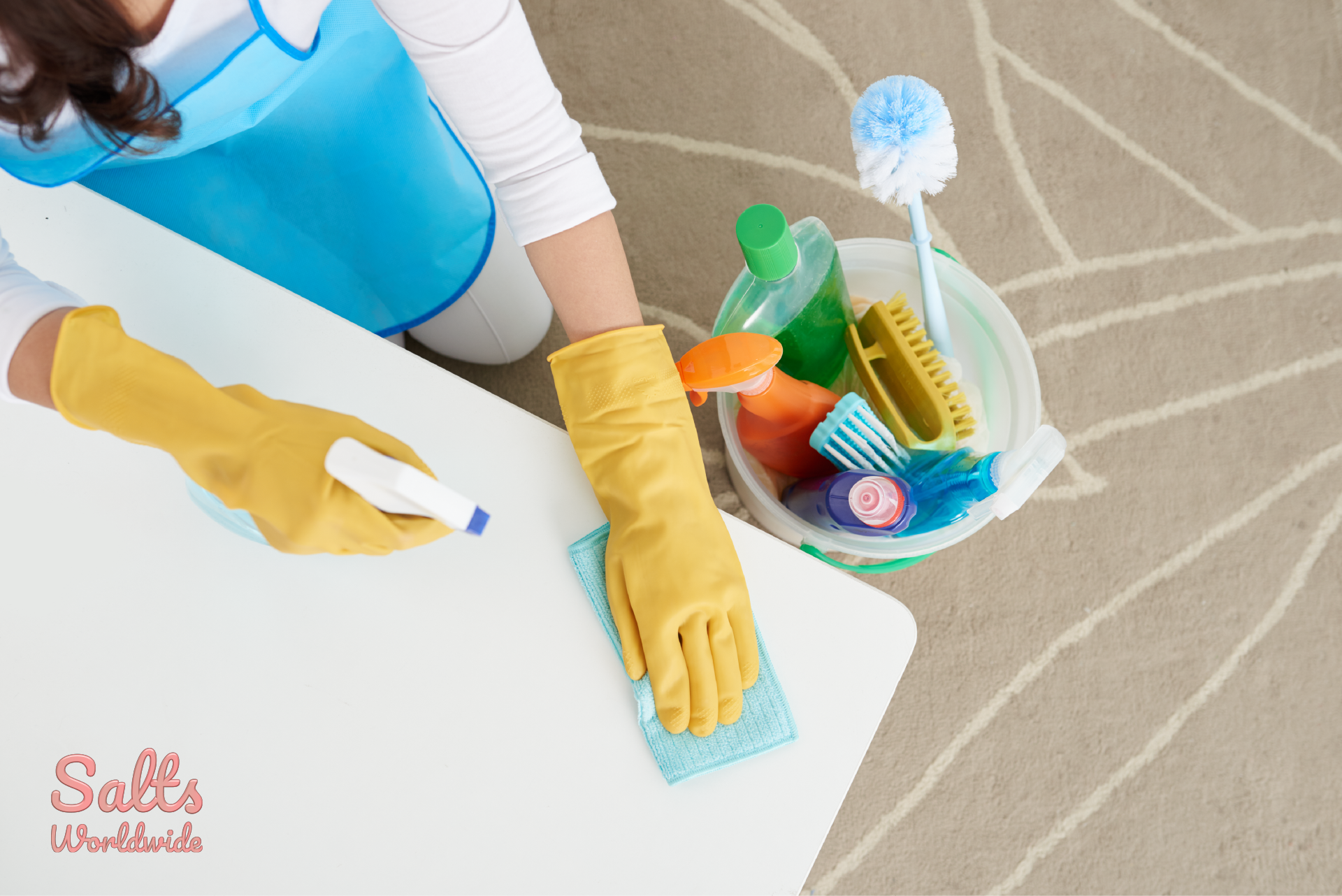
Salt blocks are also great for cleaning and storing. You can use them to clean your countertops, cutting boards, and knives. Just rub the block against the surface to remove any stuck-on food or dirt. And since salt is a natural disinfectant, it can help kill bacteria on your surfaces.
Salt blocks also make great storage containers for foods like fruits, vegetables, and meat. The salt will help keep your food fresh and tasty.
Baking
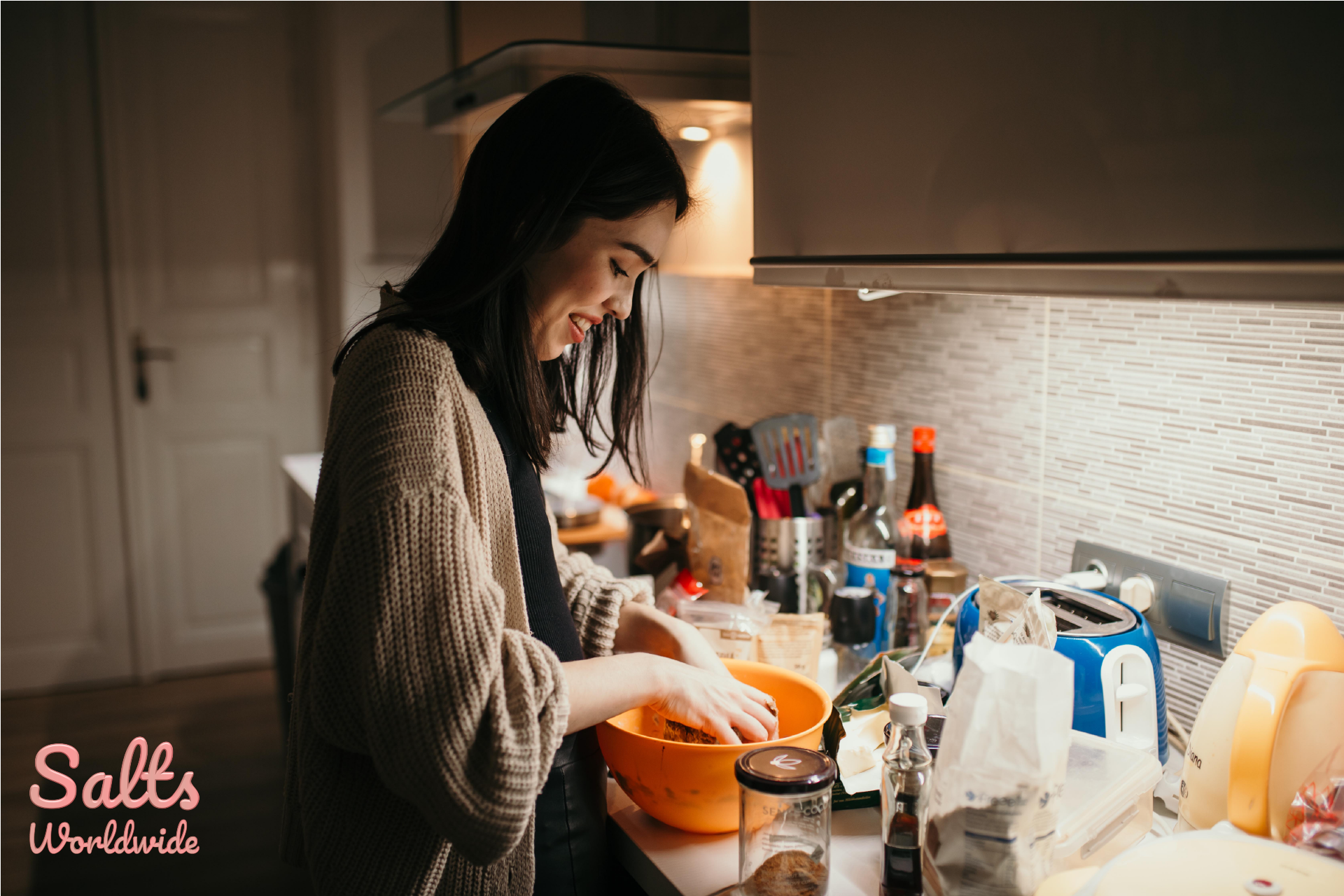
Baking on a salt block is fun and the results are always delicious. Salt blocks retain heat better than most other types of baking dishes, so your food cooks faster and more evenly. Plus, you can use any recipe that calls for an oven!
Here are a few things to keep in mind when baking on a salt block:
– Preheat your salt block before adding food. This will help it retain heat and cook your food more evenly.
– Use recipes that call for an oven, as opposed to stovetop cooking. Salt blocks are not designed for high temperatures and can crack if left on the stovetop for too long or used in a microwave.
– You can use either salted or unsalted recipes, depending on your personal preference. The salt flavor will permeate throughout any dish you bake!
– Use oil when necessary to prevent sticking and burning of food. This is especially important with starchy foods like potatoes.
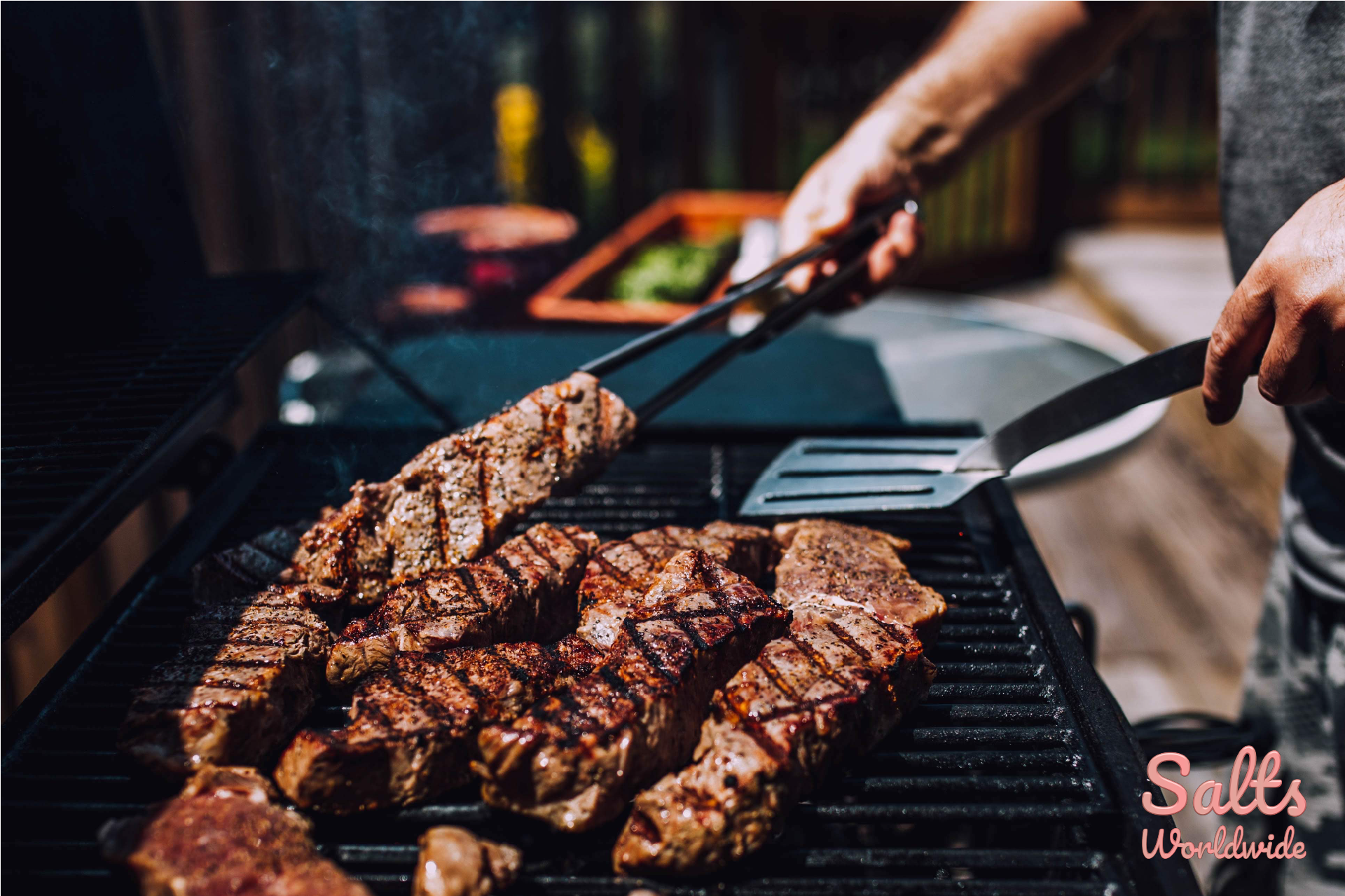
Grilling
Himalayan salt blocks are an excellent choice for cooking on the grill. Their high heat retention properties allow them to be heated up quickly, and because they are not porous like other stone blocks, you don’t have to worry about issues with smoke or flame-ups while grilling. Plus, since salt is less dense than many stones (such as marble), these outdoor cookery accessories are a bit lighter and easier to hold over open flames.
To get the most out of your salt block for grilling, make sure that it is heated up properly before you place anything on top of it. Salt blocks retain heat very well, so they can be difficult to cool down once they have been heated up (which may result in your meat starting to burn). If you are grilling directly on the salt block, allow it to heat up slowly over indirect heating for around an hour before placing any food on top of it.
If you would rather not grill straight from a salt block, try using a cast iron pan or other heavy steel cooking accessories. These pans can be placed on the grill over indirect heat, and then the salt block can be placed on top of them to impart a bit of flavor.
How to Cook on a Himalayan Salt Block
So, how do you cook on a salt block? The great thing about cooking on a salt block is that it’s very versatile and can be used for all sorts of items. You can use it to fry an egg, grill salmon, or even bake a dessert. The key is to start with something simple and then work your way up.
Here’s a beginner’s guide to cooking on a salt block:
-Preheat the salt block by placing it in the oven at a high temperature (400 degrees Fahrenheit) for about 30 minutes.
-Place whatever you would like to cook on the salt block (remember, keep it simple at first) and allow it to cook for a few minutes.
-Flip or rotate the food as needed to get even cooking.
-Enjoy your delicious creation!
Salt blocks can also be used for serving purposes. If you have cooked something on the salt block and it is still hot, you can place a platter on top of the salt block to create an instant table for your food.
-Remember: these blocks retain heat very well so keep in mind that what’s underneath them will stay hot long after you’ve removed the block from over the flame or oven!
How to Care for Your Salt Block
Caring for your salt blocks is simple. All you need to do is make sure the block is clean and dry before each use. You can wash your salt block with warm water and a bar of mild dish soap, then towel dry it. If your salt block starts to look cloudy or gray, you can restore its shine by rubbing it with a little oil.
To store your salt block, just make sure it is in a cool, dry place.
Top Tips for Successful Salt Block Grilling
A salt block is commonly used for grilling, searing, and more.
Here are some tips that can help you have successful grilling with your salt block:
– Make sure to season your salt block before using it on any food. Just like seasoned cast iron pans, this will give an even cooking surface every time so you won’t have to deal with any hot spots.
– Just like a seasoned cast iron pan, oil is your friend! If you don’t want to use animal fat for whatever reason, grape seed or coconut oils are the best choices as they can withstand high heat and aren’t very smokey flavored – perfect for cooking fish on salt blocks.
– Start with lower heat and work your way up to avoid scorching your food or the salt block itself.
– Keep an eye on your food as it cooks – salt blocks can go from hot to very hot in a hurry!
– If you’re cooking something acidic like tomatoes, onions, or lemons, use a metal utensil to prevent the salt block from getting ruined.
– If you want to add some smoked flavor, place your salt block in indirect heat and let it smoke for about 20 minutes before grilling on it, or use liquid smoke as an alternative when cooking something like bacon-wrapped scallops.
– Salt blocks are best for cooking smaller-sized portions. If you’re grilling a large piece of meat, cut it into smaller pieces to avoid overcooking the outside while waiting for the inside to cook through.
If your salt block has been seasoned properly and is heated slowly with lower heat, using it for cooking should be a breeze!
Now that you know everything there is to know about salt blocks and how they work, it’s time to try them out on your own. Get ready for some delicious food made with one of nature’s most versatile ingredients – the salt block!
Recipes for cooking on a salt block
Now that you have a basic understanding of how to cook on a salt block, it’s time to get cooking! Here are some recipes that will help you get started.
What Can You Cook on a Salt Block?
Cooking fish on a salt block
Fish cooked on a salt block takes on a delicious, salty flavor that enhances the taste of the fish. You can use any kind of fish you like for this recipe, but I find that salmon or trout work best.
Ingredients:
-One piece of fresh salmon or trout, about six ounces
-Salt block
-Olive oil
-Lemon wedges
Instructions:
Preheat your salt block by placing it on the stove over medium heat for about five minutes. You’ll know it’s ready when the block is hot to the touch and has a light sheen of oil on its surface. If you’re using a piece of salmon or trout that is still frozen, let it warm up to room temperature first.
-Coat the top of your fish with olive oil and salt (you’ll want to create a nice crust).
-Carefully place the block on an oven mitt placed directly over the burner you’ve used for heating it – this will ensure that there is enough heat to cook the bottom of your fish.
-Place the piece of salmon or trout, oil side down (skin side up), on top of the block, and cook for about two minutes per inch thickness. This means that if you have a very thick piece of fish (over an inch), it will take more than four minutes total; if your fish is thin, it will only take about a minute.
-Remove from the block and serve with lemon wedges. Enjoy!
This recipe is really easy to follow, and you can use any kind of fresh or frozen fish that you like. I think salmon or trout cooked on a salt block make for a delicious, healthy meal. Enjoy!
Cooking steak on a salt block
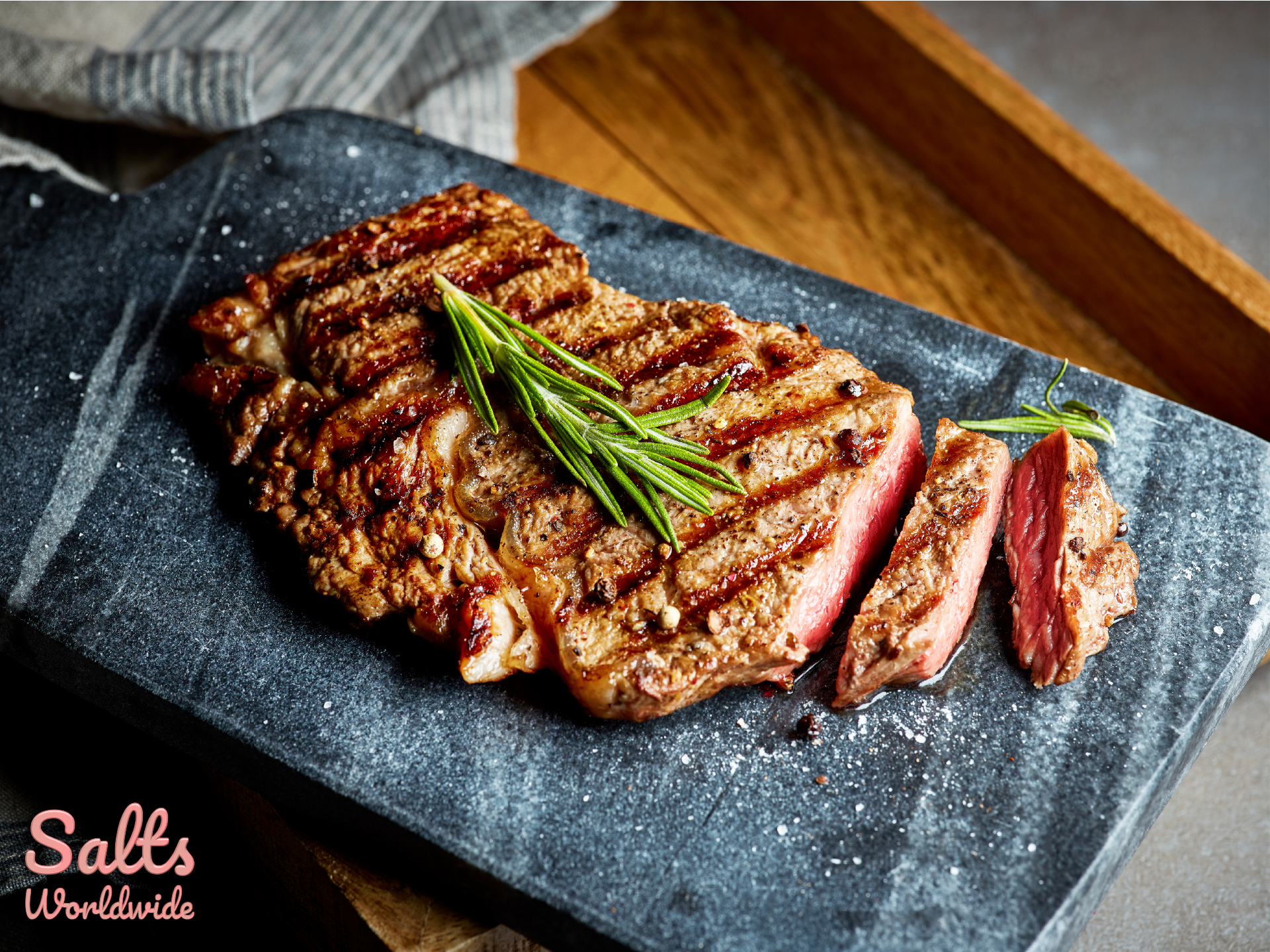
Salt blocks are also perfect for steaks. Just make sure the steak is at room temperature before cooking. Season your steak with salt and pepper, then place it on the block. Cook for about four minutes per side. The salt block will add a delicious flavor to your steak.
If you’re looking for a fun new way to cook steaks, give salt blocks a try!
Cooking salmon on a salt block
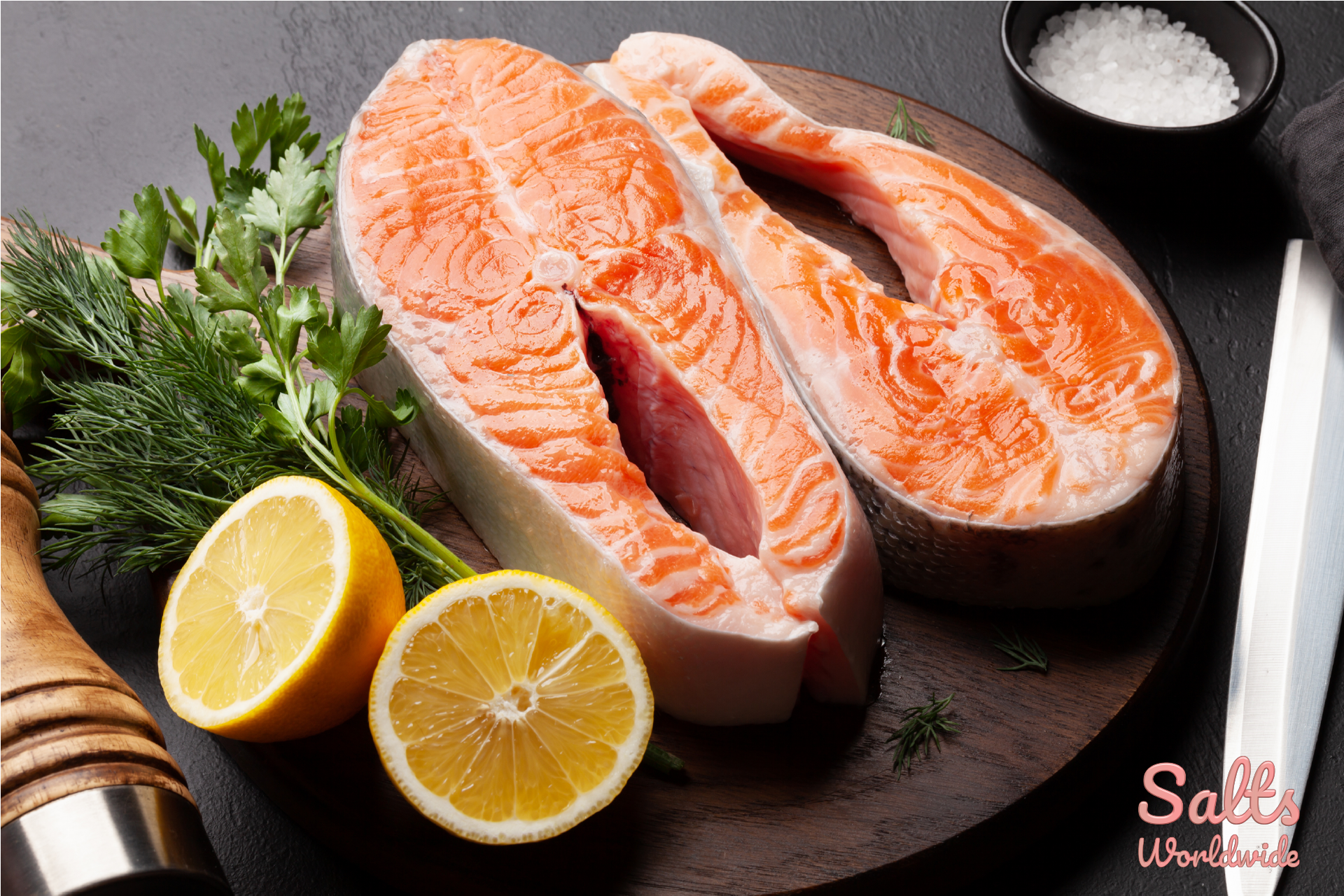
Salmon is a great fish to cook on a salt block because it doesn’t have a strong flavor. The best way to cook salmon on a salt block is by using a simple recipe with just a few ingredients.
Here’s one of my favorite recipes for cooking salmon on a salt block:
Ingredients:
– Salmon filet
– Salt block
– Olive oil
– Fresh herbs (optional)
Instructions:
– Preheat your salt block by placing it on the stove over medium heat for about 15 minutes. You want the block to be hot enough so that it smokes a little when you add the fish.
– Drizzle some olive oil on the top of the salmon filet and then sprinkle on some fresh herbs, if desired.
– Place the salmon filet on the hot salt block and let cook for about four minutes per side, or until cooked through.
– Serve with your favorite sides!
Another great thing about cooking salmon on a salt block is that the skin will get nice and crispy.
Cooking chicken on a salt block
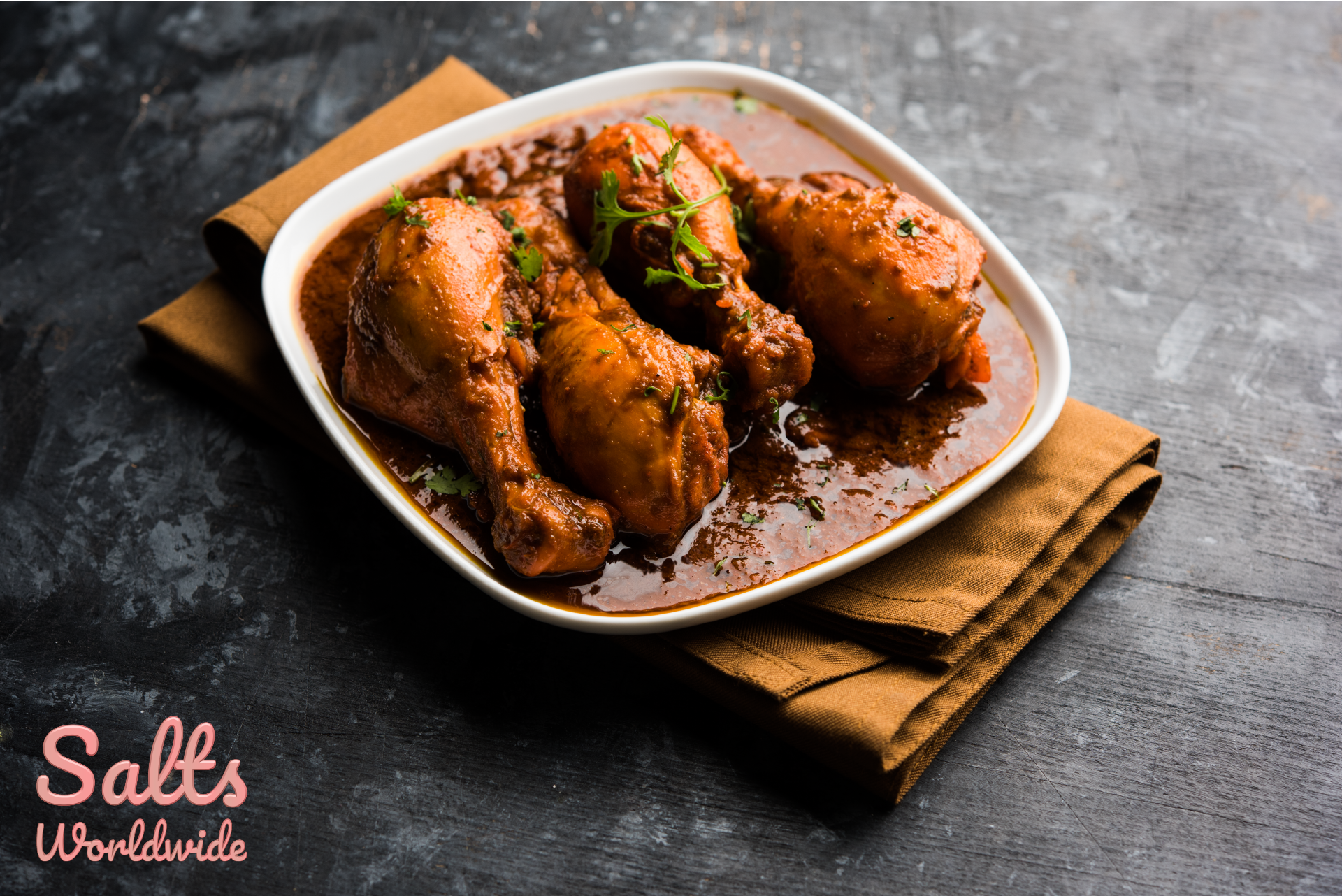
Salt blocks can be used for a variety of different meats, including chicken. When cooking chicken on a salt block, it’s important to make sure the meat is fully cooked before serving. Here are a few recipes that you can try:
-Salt Block Chicken Teriyaki: This recipe is easy to follow and results in a delicious dish that your entire family will enjoy.
-Salt Block Chicken Fajitas: If you’re looking for a savory dish that can be made in minutes, this recipe is perfect for you.
-Salt Block Chicken Kabobs: These kabobs are perfect for a summer barbecue.
If you’re new to cooking with salt blocks, be sure to start slow and experiment with different recipes. As you become more comfortable using them, you’ll be able to create delicious dishes that everyone will love. Enjoy!
Cooking shrimp on a salt block
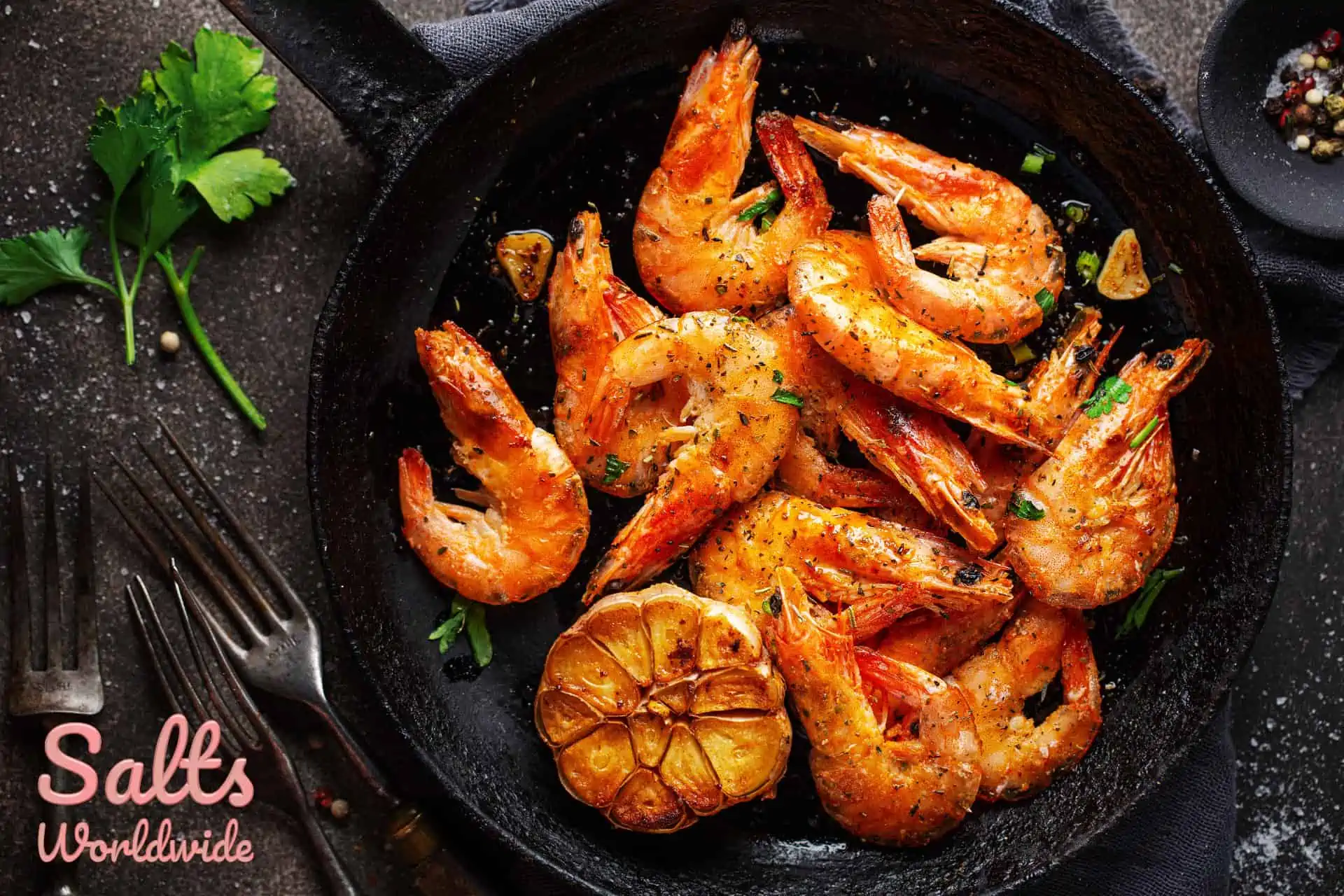
The first step is to get yourself a good quality, thick, and heavy salt block. You can find them online or at specialty food stores. Some of the best options include Himalayan Salt Block which you can purchase here:
Once you have your new cooking surface, make sure you season it properly before using it for the first time. This is a very important step, or you’ll end up with a block that’s full of cracks and chips by the end of your first meal!
To season your salt block: Preheat oven to 400 degrees F (200 degrees C). Place the salt block on an oven-safe tray. Sprinkle one teaspoon of olive oil over the surface of the block. Use a pastry brush to spread it evenly across the entire salt block. Bake for one hour, flipping halfway through the cooking time so both sides are seasoned equally.
Cooking halibut on a Himalayan salt block
Halibut is a great fish to cook on a salt block because it doesn’t have too strong of a flavor. The recipe below is for a simply grilled halibut with lemon and herbs.
Ingredients:
-One pound fresh or frozen halibut fillets
-Salt block (Himalayan or other)
-Extra virgin olive oil
-Lemon slices
-Fresh parsley or cilantro, chopped
-Salt and pepper to taste
Instructions: Preheat oven to 450 degrees. Place salt block on the middle rack of the oven for about 20 minutes so it gets hot. Brush halibut with olive oil and sprinkle both sides with salt, pepper, lemon juice, and herbs. Grill for about four minutes per side until cooked through. Serve with lemon slices, parsley or cilantro, and salt and pepper to taste. Enjoy!
Himalayan Salt Block: Bottom Line
Himalayan salt blocks are a great cooking item to have around. Not only do they look attractive, but the salt is good for you, and adding it into the food can boost your health in many ways. Cooking on one of these blocks also adds a certain flavor that you can cook with, and it’s better than your average pan. The only downside is the price tag, but if you like to eat well or are looking for something healthy to add into food (or both), then they’re definitely worth grabbing.
Fleur De Sel
A rare and expensive form of sea salt that is harvested in parts of France. Known to be one of the highest quality salts money can buy.

